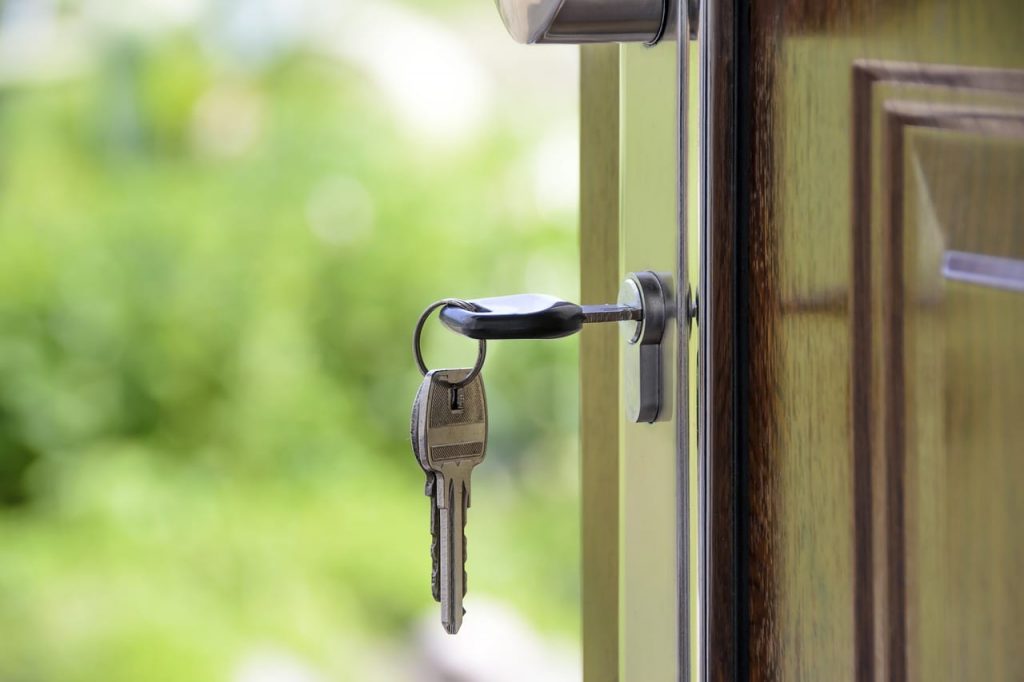Flipping homes, in its essence, is all about buying houses, refurbishing them, and then selling them for a profit. This can be a truly lucrative and satisfying business. However, it is not that easy. There are loads of things to consider and research about. A lot of work and careful decision making are also required. And, of course, there is risk involved.
Ready to take on the risk and do the work needed? Here are 8 best practices to help you not only flip homes successfully but also maximize your returns on investment.
1. Ensure That Your Credit Score Is High or You Have Enough Cash
Real estate investments, including a house for flipping, require a sizable capital. You have the choice of going down the financing route (taking out a loan) or purchasing a property using cash. Either way, you need to have enough resources.
Regarding your credit score, you can check with any of the US three national credit reporting companies. You can get a report from them for free once a year. If your credit rating is on the lower end at the moment, focus on building it up first. This way, you can obtain a property loan much easier and that will just make investing smoother for you.
2. There Will Be Risks and Difficulties – Be Patient
Just like any other investment endeavor, flipping homes has its share of headaches. You have to be aware of and be prepared to face these difficulties. Be ready to exercise lots and lots of patience.
A few of the difficulties will come up when dealing with realtors and home renovation contractors. The actual act of flipping a home can be quite difficult, too, especially if you’ve made miscalculations prior to selling. So, aside from doing a lot of research, store up on patience. It will be all worth it once the profits come in.
3. Be Selective About the Neighborhood or Location
You might find a property that looks like an excellent deal at first glance. Before you go all in though, check the neighborhood it is in first. Remember that you can refurbish a house and increase its value, but it will be more difficult to improve the value of its location. So, even if the property looks like a great deal, but there are certain factors in the neighborhood that scare away buyers, then learn to walk away.
Look for a neighborhood with enticing facilities for your target market. Be on the lookout for new construction as well that might affect the value of the location. A new hospital or school, for example, can make a neighborhood more attractive. But a soon-to-open factory can turn off a lot of potential homebuyers.
Another thing you should consider when it comes to the location is what types of homes are selling quickly in that area. See if which of these can be profitable for you and which ones are not worth the effort.
4. Consider Entry-Level Homes to Flip
There is a wide range of properties to choose from in the market, but not all of these are great for house flipping. What you need to look into is what type of home sells the most and/or quickly in the area you chose. Checking out local listings is a good way to start. For those of you in Canada, Precondo has a good number of listings worth looking into. Visit their official site for more details.
If you are just starting out, it is best to go for standard homes or entry-level ones. Go for a property investment that can cater to small-medium families. This is usually a house with 3 to 5 bedrooms and with available living space in the vicinity of 1,200-2,000 square feet. Most important of all, find a house that has an entry-level price. One that’s below market price is even better.
But be careful that you don’t go for a really cheap house that will require costly renovations. Otherwise, you’d still be spending a lot of money and won’t be getting the best ROI.
5. Carefully Study Market Data
As with any other investment, you need to do your due diligence. Make sure to research the trends in the market, find out what is attractive to your target demographics, do a risk vs. reward assessment, look into how much the renovations will cost, and so on. By doing all of these, you will be able to make informed decisions and can avoid expensive mistakes down the road.
At this point, it is also advisable to work together with a reliable home inspector. This is really important because a property can look like it only needs a new coat of paint and you can flip it for a huge profit. But really, there might be a lot of water damage or mold hidden behind the walls. All of that will cost you to repair and update. To avoid nasty surprises, have your shortlisted properties thoroughly inspected.
6. Gather a Great Team to Help You Flip a House
In the course of fixing and flipping a home, you are likely to deal with realtors, lawyers, home inspectors, contractors, builders, interior designers, and home staging experts. They can add to your headaches and costs if not vetted properly. So, make a conscious effort to gather a team of professionals that you are comfortable and happy working with.
7. Renovate the House with Selling in Mind
Renovating a house for flipping is different from refurbishing a home you’re planning to live in. Instead of going for the personal touches, think of this as creating an attractive canvas for your potential buyers. That means that the renovations should have a more general and inviting approach. You want homebuyers to be able to see themselves living in that house.
Another matter to consider is the cost of renovations. You are trying to profit from this, so always keep your budget in mind. Also, go for fixes that can bring in the most returns. This is where your market research and data analysis will come in handy.
8. Sell the Property as Quickly as You Can
Aim to flip the home in just a few months after you’ve renovated it. The longer it stays on your hands, the costlier it will be for you to maintain. The maintenance expenses will surely eat away at your profits.
To sell the house quickly, work with your favorite realtors and consider hiring a property staging company. They can help you market the property effectively and get it off your plate sooner.
By using these best practices as your guide to flipping homes, you are on your way to making a lucrative business out of buying, fixing, and then selling houses. Always carefully consider your choices and make intelligent, data-driven investment decisions.
This article has been contributed by our friends at Precondo.


